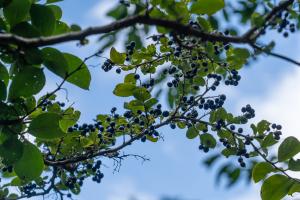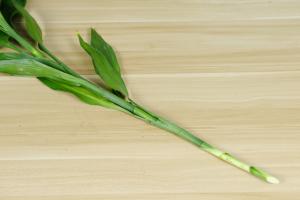Where to Plant Dwarf Lemon Trees
Dwarf lemon trees are a popular choice among gardeners who love the look and smell of citrus fruit but have limited space. These small trees can be grown in containers or planted in the ground, but it's important to choose the right location to ensure their health and productivity. Here are some tips for choosing the ideal spot to plant your dwarf lemon tree.
Light Requirements
Lemon trees require plenty of sunlight to thrive, and dwarf varieties are no exception. When choosing a location for your tree, make sure it receives at least six hours of direct sunlight every day. If you live in a hot climate, consider planting your tree in a spot where it will receive morning sun and afternoon shade to prevent sunburn on the leaves and fruit. If you plan to grow your tree indoors, choose a south-facing window or invest in grow lights to provide the necessary light.
Soil Conditions
Lemon trees prefer well-draining soil that is slightly acidic, with a pH between 5.5 and 6.5. If your soil is heavy and clayey, amend it with compost, sand, or pea gravel to improve drainage. If your soil is alkaline, you can lower the pH by adding sulfur or acidic mulch like pine needles. Dwarf lemon trees can also be grown in containers filled with well-draining potting mix specifically formulated for citrus trees.
Climate Considerations
Dwarf lemon trees thrive in warm, humid climates, but they can also grow well in cooler regions if protected from frost. If you live in a cooler climate, choose a location that receives plenty of warmth and shelter, like a south-facing wall or a location near a heated building. If frost is a concern, cover your tree with a blanket or tarp when temperatures are expected to drop below freezing.
Spacing and Companion Planting
Dwarf lemon trees can grow up to 10 feet tall and wide, but they can also be pruned to maintain a smaller size. When planting your tree, make sure to give it enough space to grow and spread its branches. Dwarf lemon trees can also benefit from companion planting with herbs like basil, thyme, and mint, which repel pests and attract beneficial insects.
Care and Maintenance
To keep your dwarf lemon tree healthy and productive, make sure to water it regularly and fertilize it at least twice a year with a citrus-specific fertilizer. Prune your tree in late winter or early spring to remove any dead or diseased branches and to promote new growth. If you notice any pests or diseases, like scale or powdery mildew, treat them promptly with organic remedies like neem oil or horticultural soap.
Conclusion
Planting a dwarf lemon tree can be a rewarding experience, but it's important to choose the right location to ensure its success. By considering the tree's light, soil, climate, spacing, and companion planting needs, you can ensure that your tree will thrive and produce an abundance of delicious citrus fruit for years to come.

 how many times do yo...
how many times do yo... how many planted tre...
how many planted tre... how many pine trees ...
how many pine trees ... how many pecan trees...
how many pecan trees... how many plants comp...
how many plants comp... how many plants can ...
how many plants can ... how many plants and ...
how many plants and ... how many pepper plan...
how many pepper plan...































